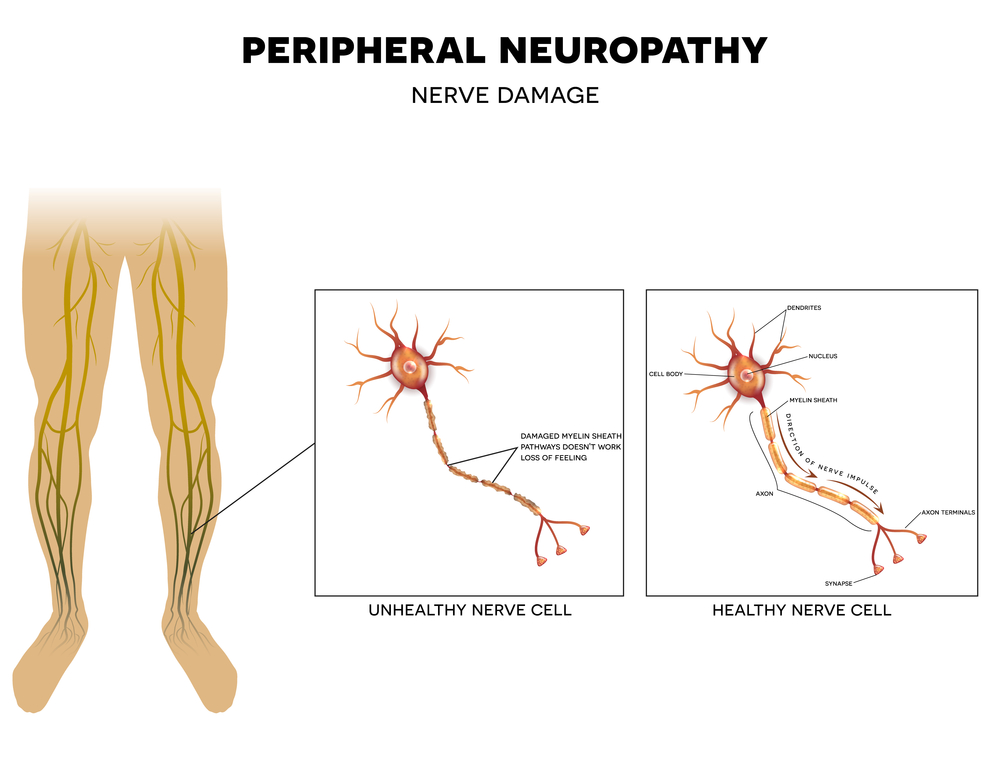 Aches and pains can be a side effect of aging or the byproduct of an active lifestyle, but you shouldn’t ignore chronic pain. If you have pain or stiffness that isn’t improving, instead of once again reaching for the heating pad or ibuprofen, speak to Dr. Cody Doyle in Roanoke, Tx about myofascial release therapy.
Aches and pains can be a side effect of aging or the byproduct of an active lifestyle, but you shouldn’t ignore chronic pain. If you have pain or stiffness that isn’t improving, instead of once again reaching for the heating pad or ibuprofen, speak to Dr. Cody Doyle in Roanoke, Tx about myofascial release therapy.
What is Myofascial Release Therapy?
Myofascial release is a type of hands-on treatment. Dr. Doyle massages or stretches the myofascial connective tissue (also known as the fascia) to provide relief from chronic pain or other symptoms. The therapy takes place over a larger area of the body to address the broader issue that is causing localized pain.
What can Myofascial Release Therapy treat?
Myofascial release therapy can be used in the treatment of:
- Pain and stiffness in soft tissue
- Loss of flexibility or tightness in the joints, for example back or neck pain
- TMJ disorder
- Carpal tunnel syndrome or other repetitive use injuries
- Migraine headaches
What causes Myofascial pain?
You may remember seeing a poster in science class of the human muscular system. What that poster didn’t show was the fascia that holds everything together. The fascia is a web-like connective tissue that covers the muscles; it helps hold us in our “human shape.”
When the fascia is healthy, it lays over your muscles like a slippery, loosely knitted sweater. However, when the fascia is injured, this normally flexible tissue becomes tight. As a result, there is restricted blood flow, pain, and stiffness in the affected muscle. Your fascial tissue can become damaged as a result of overuse, as in the case of repetitive motions or poor posture, or from lack of activity.
Keeping in mind the sweater analogy, if you pull on the sleeve of your sweater and let go, it will keep its shape. However, if you pull on the sleeve of your sweater for an extended time, you will notice the sweater starts to pull at your neck and the sleeve of the sweater changes shape. The same theory applies to unhealthy fascia; damaged tissue in one area can have a ripple effect throughout your body. Our fascial tissue is naturally thicker in some areas than others, but overly thickened fascia can cause tightness and become the cause of pain and stiffness.
Is fascia damage permanent?
The good news is, all damage to the fascia is reversible, and re-injury is preventable. You can care for healthy fascia by regularly stretching, using a foam roller, and drinking plenty of water. If you have a desk job or stay in the same position for a long time, take breaks every hour or so and move around. A quick web search will provide plenty of stretches you can do right at your desk or workstation.
Who is a candidate for Myofascial Release Therapy?
Otherwise healthy people who are suffering from myofascial pain are good candidates for myofascial release therapy. It is not recommended for people with broken or weak bones, vein issues, or those taking blood thinners. Dr. Doyle will review your medical history to determine if you are a good candidate for myofascial release therapy.
For more information, or if this treatment sounds like the next step for you, contact our chiropractic and acupuncture clinic in Roanoke, Tx today at 817-767-5430.








